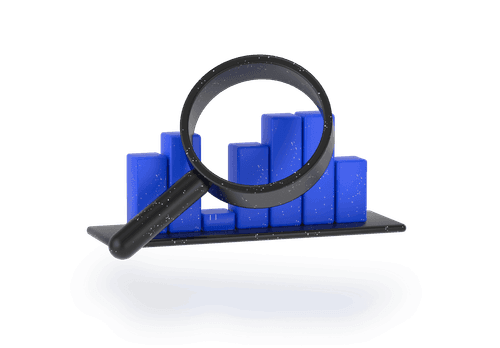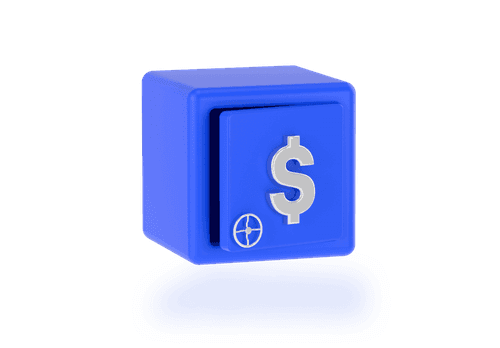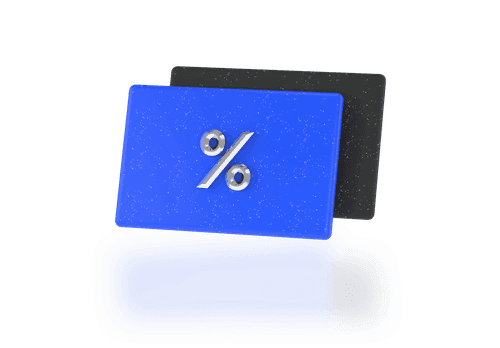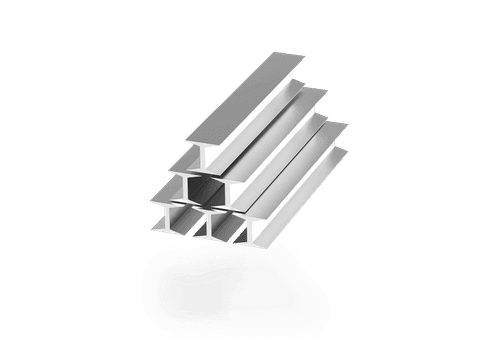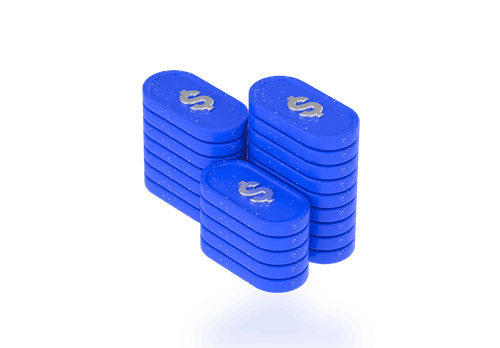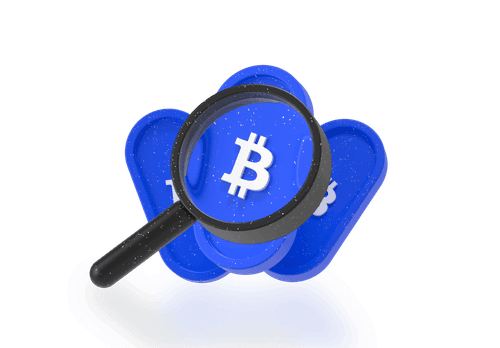Intermediate
Mastering the Basics of Trading: How Exchanges Work
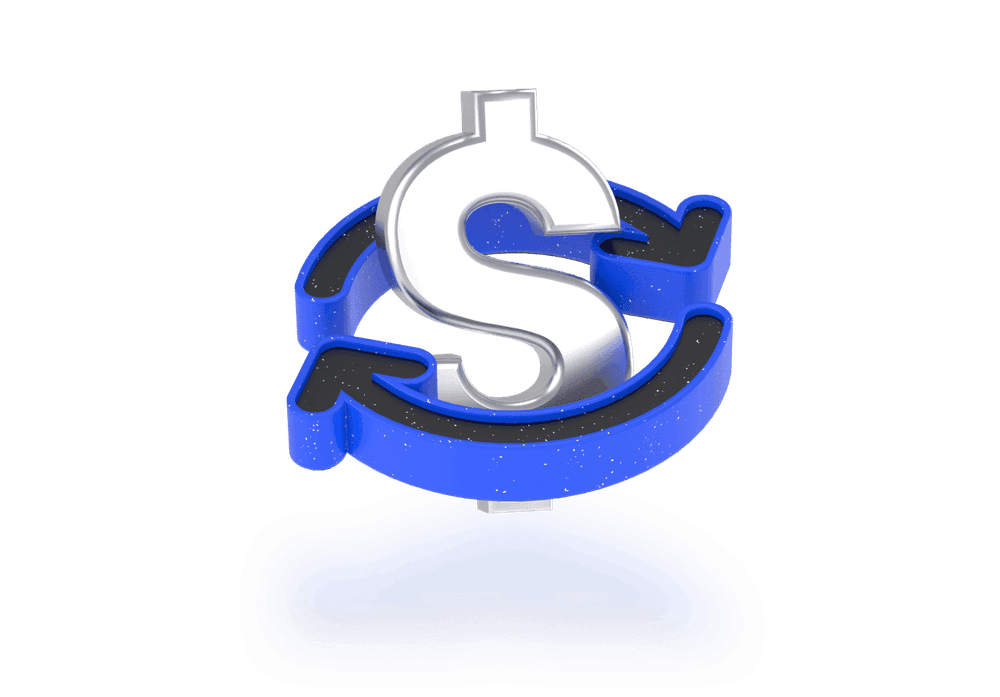
An exchange serves as the bustling marketplace where a diverse array of financial instruments, including securities, commodities, and derivatives, find their way into the hands of eager traders. At its core, an exchange is not merely a venue for transactions; it is the guardian of fairness, ensuring that trading unfolds orderly while efficiently disseminating crucial price information. Essentially, exchanges provide companies, governments, and various entities with a dynamic platform to showcase and distribute securities to the discerning eyes of the investing public.
Types of exchanges:
- Stock Exchange;
- Financial Exchange;
- Currency Exchange;
- Commodity Exchange.
Let's delve into the intricacies of each, uncovering the mechanisms that drive these financial powerhouses.
Stock Exchange
A Stock Exchange is a centralized marketplace where buyers and sellers convene to trade shares of publicly listed companies. These exchanges play a pivotal role in the global financial system, providing a platform for companies to raise capital by issuing shares and for investors to buy and sell these shares. Some of the world's largest and most renowned stock exchanges include the New York Stock Exchange (NYSE), the London Stock Exchange (LSE), and the Tokyo Stock Exchange (TSE).
These exchanges typically operate during specific hours on business days, creating a structured environment for trading. The NYSE, for instance, opens at 9:30 AM and closes at 4:00 PM (Eastern Time). The key assets traded on stock exchanges are equities or stocks, representing ownership in a company. Investors engage in buying and selling these stocks with the expectation of capital appreciation and dividends.
The trading process on stock exchanges follows a well-defined mechanism. Buyers place orders to purchase stocks at a certain price (bid), while sellers indicate the price at which they are willing to sell (ask). The exchange matches these orders, and transactions occur when bid and ask prices align. This continuous auction mechanism ensures a transparent and efficient price discovery process.
Financial Exchange
A Financial Exchange extends the scope of traditional stock exchanges by facilitating the trading of a diverse range of financial instruments beyond equities. Among the notable financial exchanges globally are the Chicago Mercantile Exchange (CME), Eurex, and the Intercontinental Exchange (ICE).
Operating hours for financial exchanges can vary, reflecting the global nature of the financial instruments traded. The Chicago Mercantile Exchange, a prominent player in the derivatives market, opens its electronic trading platform Sunday evening at 5:00 PM Central Time and closes on Friday at 4:00 PM Central Time. Eurex, based in Frankfurt, Germany, aligns its trading hours with the European business day, offering a seamless experience for participants in European time zones. The Intercontinental Exchange, with a diverse portfolio including energy, agricultural, and equity derivatives, operates from 8:00 AM to 8:00 PM Eastern Time.
Key assets traded on financial exchanges include futures contracts on commodities like oil and gold, options providing the right to buy or sell assets at predetermined prices, and other sophisticated derivatives.
Currency Exchange
The Currency Exchange, commonly known as Forex (foreign exchange), stands as the epicenter of global currency trading, where currencies are bought and sold against one another. Unlike other exchanges, Forex operates in a decentralized manner, with a network of interconnected banks, financial institutions, and individual traders engaging in the continuous buying and selling of currencies. Notable participants include major central banks, commercial banks, hedge funds, and retail investors.
One distinctive feature of Forex is its 24-hour trading cycle, reflecting the worldwide distribution of financial centers. The market opens on Sunday evening in Asia and progresses through the business week, closing on Friday evening in North America. The major Forex trading sessions include the Asian session, the European session, and the North American session, each characterized by specific currency pairs and regional market influences.
The primary assets traded on the Forex market are currency pairs, where one currency is exchanged for another. Major pairs involve the most widely traded currencies, such as the U.S. Dollar (USD), Euro (EUR), Japanese Yen (JPY), and British Pound (GBP). Cross-currency pairs involve currencies not paired with the U.S. Dollar, providing diverse trading opportunities.
The Forex market operates through an electronic trading network, where participants can execute trades almost instantaneously. The exchange rates are influenced by a myriad of factors, including economic indicators, geopolitical events, and interest rates. The decentralized nature of Forex contributes to its unparalleled liquidity, making it the largest and most actively traded financial market globally.
Commodity Exchange
A Commodity Exchange serves as the marketplace for the trading of raw materials, primary goods, and natural resources. This exchange type facilitates the buying and selling of commodities such as agricultural products, energy resources, precious metals, and other tangible assets. Notable commodity exchanges include the Chicago Board of Trade (CBOT), the New York Mercantile Exchange (NYMEX), and the London Metal Exchange (LME).
Commodity exchanges play a crucial role in global trade and economic stability by providing a platform for producers, consumers, and investors to manage price risks and establish fair market values for various commodities. These exchanges often operate during specific hours, aligning with the business day in their respective regions. For instance, the Chicago Board of Trade, renowned for its agricultural commodity contracts, follows Central Time working hours.
The key assets traded on commodity exchanges are diverse, ranging from agricultural staples like corn and wheat to energy commodities such as crude oil and natural gas. Precious metals like gold and silver, along with industrial metals like copper and aluminum, also find a prominent place in these markets. The trading process involves standardized contracts specifying the quantity and quality of the commodity, creating a transparent and efficient marketplace.
Conclusion
It's essential to recognize that direct access isn't possible for individual traders. Choosing a reliable broker is the key to unlocking these markets. Whether it's stock exchanges, financial exchanges, currency exchanges, or commodity exchanges, a trustworthy broker acts as the intermediary, providing the necessary tools for market participation.
